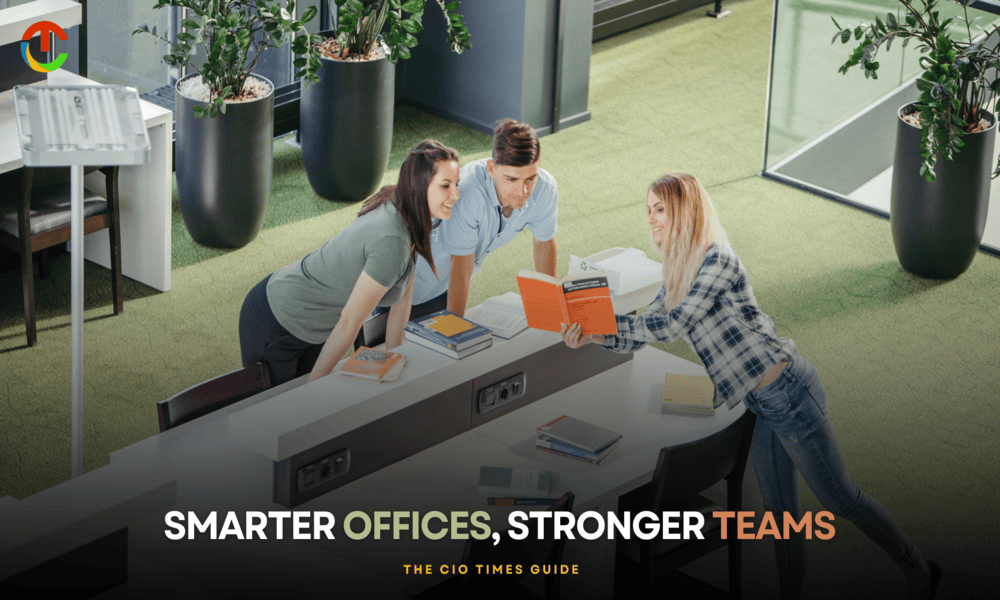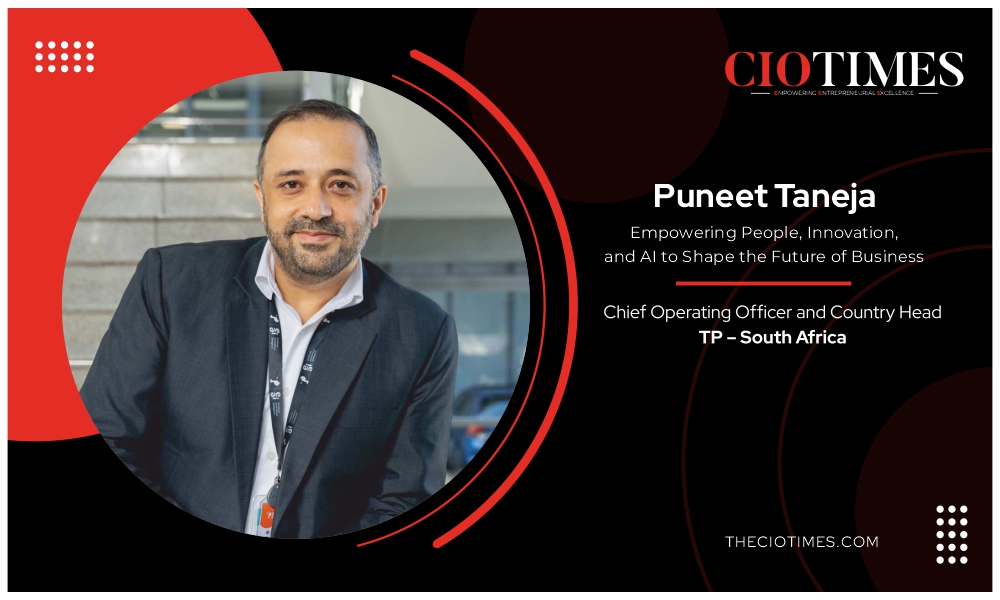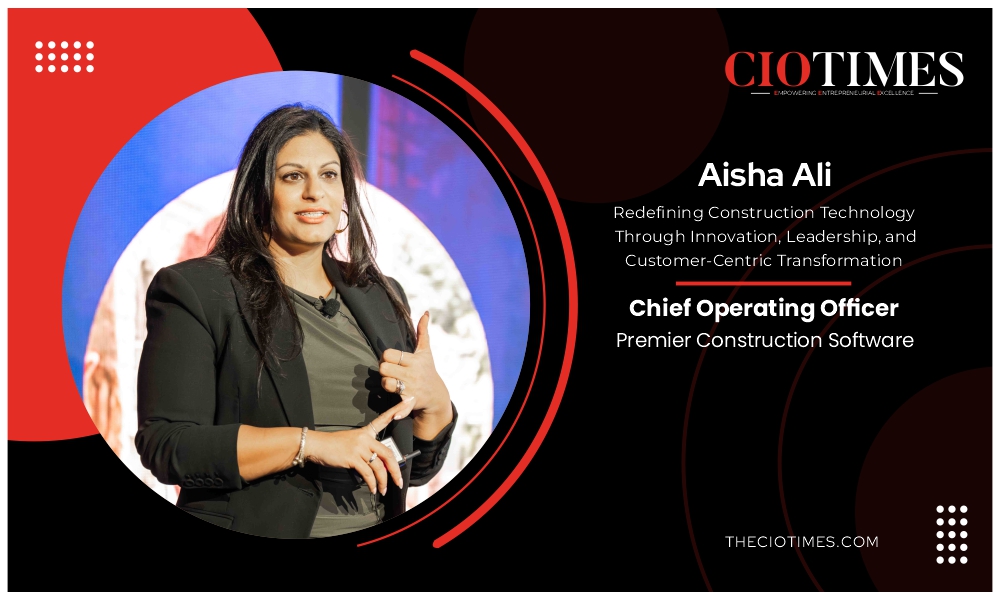CIO Times has discovered important trends in smart work environments; however, our comprehensive guide dives deeper, providing data-driven insights, actionable solutions, and technical advancements that redefine what Smarter Workplaces genuinely mean for the modern CEO.
The Evolution of Workspaces: From Traditional to Smarter Workplaces
Corner offices and cubicles are no longer associated with productivity. Flexible, hybrid, and tech-enabled office environments are the future, with a focus on collaboration, well-being, and efficiency. A Smarter Workplace drives performance by seamlessly integrating digital infrastructure, AI-powered tools, energy-efficient technologies, and human-centric designs. It allows teams to work smarter – not harder , while CEOs may optimize operational costs and employee satisfaction.
Designing for Productivity: Strategic Office Layouts That Drive Efficiency
The physical layout of an office significantly impacts how teams interact and perform. Smarter Workplaces prioritize modular layouts, activity-based zones, and collaboration pods that cater to varying workstyles.
-
Open workspaces encourage transparency and communication.
-
Quiet zones boost focus and deep work.
-
Shared innovation hubs promote brainstorming and ideation.
-
Biophilic design, with natural lighting and greenery, enhances mental clarity and well-being.
As a CEO, investing in space planning software and data analytics tools can provide critical insights into how your office space is utilized and how it can be optimized in real time.
Technology Integration: The Digital Core of Smarter Workplaces
A smart workplace is powered by intelligent technology that automates processes, improves communication, and allows for smooth operations. Here are the important technologies that CEOs should prioritize.
1. IoT-Enabled Smart Devices
Sensors that monitor occupancy, temperature, air quality, and energy use help in creating a comfortable and sustainable environment. Smart lighting and HVAC systems can adjust automatically based on real-time data, reducing energy consumption.
2. Unified Communication Platforms
Integrating communication platforms like as Microsoft Teams, Slack, and Zoom allows for speedier decision-making, less downtime, and better remote collaboration. These platforms also integrate seamlessly with project management applications such as Asana, Trello, and ClickUp.
3. AI-Powered Assistants and Automation
Virtual assistants such as Cortana, Siri, and Google Assistant help in scheduling, note-taking, and task management. Workflow automation through tools like Zapier, Power Automate, and HubSpot increases organizational agility.
Remote and Hybrid Work: The Smarter Approach to Flexibility
Smarter Workplaces embrace hybrid models that allow people to work how and where they want while maintaining efficiency. CEOs must take the lead in developing flexible policies supported by appropriate infrastructure.
-
Deploy cloud-based tools (Google Workspace, Microsoft 365) for document management.
-
Offer cybersecurity training and VPN access to ensure safe remote working.
-
Implement employee engagement platforms to stay connected with distributed teams.
-
Use virtual reality (VR) for immersive remote collaboration and training.
Flexibility is the new currency of talent retention. Empower your workforce with the autonomy they crave and the support they need.
Data-Driven Decision Making: Analytics in the Smarter Workplace
Smarter CEOs rely on data analytics to understand employee behavior, resource usage, and operational efficiency. By leveraging real-time dashboards and AI insights, decision-makers can proactively address bottlenecks.
Key metrics to track:
-
Occupancy rates to optimize real estate costs.
-
Employee engagement scores to improve retention.
-
Meeting room utilization to streamline scheduling.
-
Energy usage patterns for sustainability goals.
Tools like Workplace Analytics and VergeSense provide actionable insights to help redesign smarter, more efficient workplaces.
Culture and Well-Being: The Heart of a Smarter Workplace
The smartest offices are not just about tech and layouts—they prioritize employee wellness, psychological safety, and inclusive culture.
Mental Health Resources
Offer access to counseling services, well-being apps like Calm or Headspace, and regular mental health check-ins.
Diversity and Inclusion
Design policies and spaces that are accessible, inclusive, and culturally respectful. Use data to eliminate biases and promote fairness in promotions, hiring, and collaboration.
Physical Wellness
Provide ergonomic furniture, standing desks, wellness rooms, and on-site fitness options to ensure a healthy workspace.
Security in Smarter Workplaces: Protecting People and Data
A smarter workplace must also be a secure workplace. CEOs should deploy multi-layered cybersecurity frameworks along with physical access controls.
Digital Security Measures:
-
End-to-end encryption
-
Multi-factor authentication (MFA)
-
AI-driven threat detection
-
Zero Trust Architecture (ZTA)
Physical Security Enhancements:
-
Facial recognition for entry
-
Smart surveillance systems
-
Emergency response automation
With remote and hybrid work becoming the norm, protecting company assets—both physical and digital—is non-negotiable.
Sustainability and Smart Workspaces: Going Green with Purpose
Smarter Workplaces are also greener workplaces. CEOs now recognize the business value of sustainability in enhancing brand reputation and reducing costs.
Eco-forward strategies include:
-
LEED-certified office design
-
Solar power and energy-efficient lighting
-
Digital documentation to reduce paper waste
-
Recycling programs and waste management policies
Not only do sustainable practices benefit the environment, but they also attract eco-conscious investors and employees.
Smarter Leadership for Smarter Workplaces: A CEO’s Mindset
Leading a smarter workplace means embracing transformational leadership that blends strategy, empathy, and innovation.
Key Practices:
-
Encourage cross-functional collaboration
-
Foster a culture of continuous learning
-
Be open to feedback loops and iterative improvements
-
Lead by example in adopting new technologies
Smart CEOs are not just digital adopters—they are cultural architects, visionaries, and champions of change.
Transform Your Office into a Smarter Workplace Today
The journey to Smarter Workplaces is not a one-time transformation but a continuous evolution. By aligning technology, people, and processes, CEOs can unlock unprecedented levels of productivity, collaboration, and innovation.
As the modern workforce demands more than just a desk and a chair, the smartest CEOs rise to the occasion, redesigning the workplace into a thriving ecosystem of growth, agility, and human connection.





